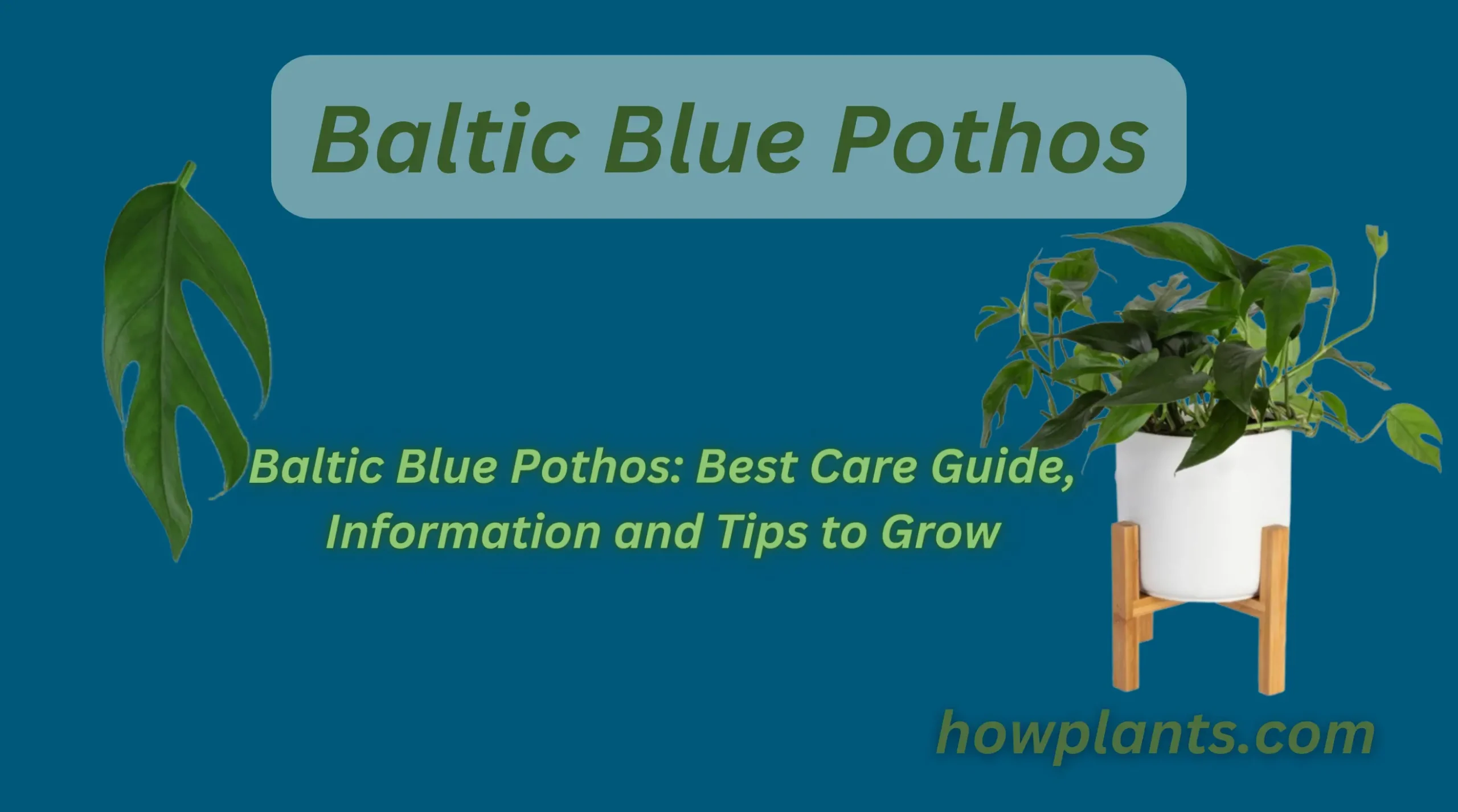Are you looking for information on how to care for and grow a Baltic Blue Pothos? Then you’ve come to the right place! This comprehensive guide is filled with tips and information, giving you all the guidance you need to ensure your photos are growing and thriving. Whether you’re a beginner or a seasoned gardener, you’ll find helpful advice for ensuring your Baltic Blue Pothos are healthy and vibrant. We’ll discuss the best soil, watering, and light requirements, as well as how to repot and prune these lovely plants. So, let’s get started and learn all about the care of Baltic Blue Pothos.
Baltic blue pothos is a type of pothos, a type of vine, that is native to the tropics. It is an easy-to-grow vine that can be kept in a pot or in the ground. It is a popular plant for indoor plants because it is low-maintenance and has a long lifespan.
Other Name of Baltic Blue Pothos
Baltic blue pothos is also called the “Boston fern”. This plant is a vine that can grow up to 10 feet long. The leaves are ovate and blue-green in color. The flowers are white and grow in clusters. The fruits are small, blue, and pear-shaped.
Origin and Biological Family
Baltic blue pothos is a common houseplant that is native to Central and South America. It is a vine that can grow up to 6 meters long, and has large blue flowers that are pollinated by bats. The plant is considered to be an invasive species in many parts of the world, and is known to damage property and cause health problems in humans who come in contact with it.
Traits of Baltic Blue
Baltic blue pothos is known for its bright blue leaves and long vines. This plant can be kept in almost any room of the house. It is also easy to propagate, and can be grown from cuttings or by grafting.
Ideal Environmental Conditions
The ideal environmental conditions for Baltic blue pothos are a warm, humid environment with plenty of indirect sunlight. This plant is tolerant of a wide range of soil conditions, but prefers moist, well-drained soil. It is also capable of growing in partial shade.
Best Soil Composition and ph for Blue Pothos
Soil composition and pH are important factors when caring for Baltic blue pothos. A soil with a high pH will inhibit the growth of this plant, while a soil with a low pH will favor its growth. Additionally, soil with a high organic content will be beneficial to the plant.
Water Requirements for Baltic Blue
The average person needs about 87 gallons of water a day, but if you have a Baltic blue pothos, you’ll need around 200 gallons of water per day. That’s because this plant needs a lot of water to grow and thrive. If you don’t provide enough water, your Baltic blue pothos will start to droop and may even die.
Humidity and Temperature Requirements
The ideal humidity for baltic blue pothos is around 50-70%. Where as, temperature requirements for baltic blue pothos are between 65-75 degrees Fahrenheit.
When to Apply Fertilizers and Best Fertilizers for Baltic blue
There is no one answer to this question as the best time to fertilize a Baltic blue pothos is based on the specific needs of the plant. However, generally speaking, fertilizers should be applied at least once a month in order to promote healthy growth. Some of the best fertilizers for Baltic blue pothos include fish emulsion, blood meal, and a balanced fertilizer made specifically for houseplants.
Best Container
The best baltic blue pothos container for environmental conditions is a terrarium. A terrarium is a type of container that is specifically designed to house plants and is often made of glass or plastic. It is a low-maintenance option that allows you to control the environment in which your plants grow. A terrarium is perfect for a beginner because it is easy to set up and maintain.
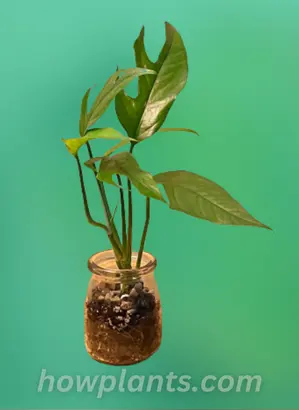
Need of Repotting Baltic Blue
Baltic blue pothos that need repotting every two to three years. The plant can become root-bound and stop growing, or it can suffer from overcrowding. When repotting, be sure to use a good potting soil that is rich in nutrients and has a good drainage system.
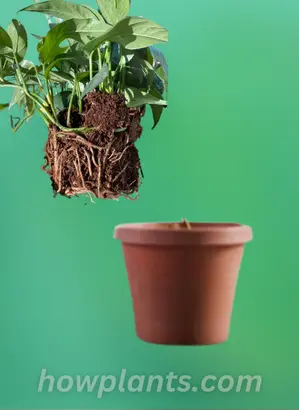
When to Repot Baltic Pothos
Baltic blue pothos should be repotted every two years, in the spring. If the pot is too large or the plant is growing too fast, it may need to be repotted sooner. When repotting, use a pot that is one size larger than the previous pot. Water the plant well before repotting and use a soil mix that is half sand and half organic matter.
How to propagate Baltic Blue Pothos
There is no one definitive way to propagate Baltic blue pothos. You can try planting them in water or soil, or you can try using a rooting hormone.
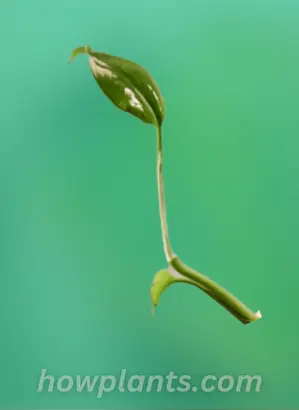
Steps of soil propagation by Stem cutting
- Cut off the bottom of the stem at a healthy height.
- Make a small hole in the soil with a pencil or knife.
- Insert the stem into the hole.
- Gently push the stem down into the soil.
- Water the plant well.
- Keep the soil moist, but not wet.
- Cut off the top of the stem when it grows about 1 inch tall.
- Repeat the process until the plant has enough stems.
Steps of Water propagation by Stem cutting
- Remove the old stem from the plant.
- Make a 1-inch cut just below a leaf node.
- Gently insert the end of the new stem into the cut.
- Water the plant well and wait for the new stem to grow.
- When the new stem is about 1 inch long, remove the old stem.
Toxicity of Baltic blue towards human and Pets
Baltic blue pothos that is often grown for its attractive blue leaves and flowers. However, this plant can be toxic to both human and pet animals if ingested.
The toxicity of baltic blue pothos is due to the presence of a compound called pothosin. This compound is toxic to both humans and pets, and can cause a variety of health problems if ingested. These health problems can include vomiting, diarrhea, and liver damage. Ingestion of large amounts of baltic blue pothos can even lead to death.
Disease and Pests that Affects Baltic blue
The Baltic blue pothos that are susceptible to a number of diseases and pests. These include both common and rare pests and diseases. Common pests that affect the Baltic blue pothos include aphids, scale insects, and mealybugs. Rare pests that can affect the Baltic blue pothos include the root knot nematode and the whitefly. Diseases that can affect the Baltic blue pothos include the bacterial leaf spot and the fungal leaf spot.

What harms did Spider mites cause to Baltic blue pothos and how can they be prevented?
Spider mites are tiny, eight-legged creatures that feed on plant sap. They can cause damage to plants by sucking the sap out of the plant, leaving the plant vulnerable to disease and pests. To prevent spider mites from harming your plants, you can use a variety of methods, including using a pesticide, using a barrier to keep the mites out, or removing the plants from the area.
What harms did Mealy bugs cause to Baltic blue pothos and how can they be prevented?
Mealy bugs can cause a lot of harm to Baltic blue pothos plants. They can spread plant diseases, eat plant leaves, and damage the plant’s roots. To prevent these problems, you can use a bug spray or a barrier spray to keep the bugs away.
What harms did Scale insects cause to Baltic blue pothos and how can they be prevented?
Scale insects cause harm to Baltic blue pothos by eating the leaves and flowers, causing the plant to lose nutrients and grow slowly. To prevent this, you can use insecticidal soap or a horticultural oil to kill the scale insects.
What are the causes of Drooping Leaves of Baltic blue pothos and how can it be treated?
There are many possible causes of drooping leaves of Baltic blue pothos including genetics, environmental factors, and pests. If the drooping leaves of Baltic blue pothos are caused by genetics, there may be no cure. Environmental factors can include excess water, low light, or temperature extremes. Pests can include spider mites, mealy bugs, and thrips. Treatment may include using a fungicide, insecticide, or water treatment.
Drooping leaves of Blastic blue pothos are typically caused by a lack of water and nutrients. The leaves will droop and may even curl downward. This can be caused by a number of factors, including a lack of sunlight, low humidity, or a lack of fertilizer. It is typically best to treat drooping leaves of Blastic blue pothos with a water and fertilizer solution.
What are the causes of Brown Rot on Leaves of Baltic blue pothos and how can it be treated?
The causes of Brown rot on leaves of Baltic blue pothos are still unknown, but it is most likely caused by a fungal infection. The best way to treat Brown rot is to remove the infected leaves and treat the plant with an anti-fungal agent.
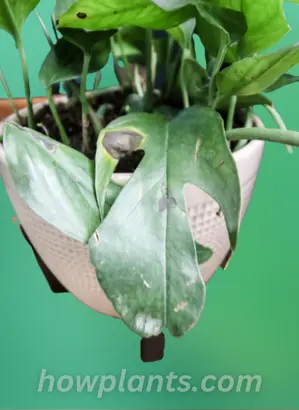
What are the causes of Yellow Leaves of Baltic blue pothos and how can it be treated?
The yellow leaves of Baltic blue pothos are caused by a deficiency in nitrogen. The leaves will turn yellow and then die, usually within a few weeks. The deficiency can be caused by a lack of light, poor soil quality, or a lack of water. It is usually treated with a nitrogen fertilizer.
What are the causes of Root Rots of Baltic blue pothos and how can it be treated?
The root rots of Baltic blue pothos are caused by a fungus. It is treated with a fungicide.
The fungicides used to treat root rot of baltic blue pothos are copper and sulfur. Copper is a fungicide that inhibits the growth of fungi. Sulfur is a fungicide that kills fungi.
Reasons if Baltic blue pothos leaves are not fenestrating? And how to treat them?
If your baltic blue pothos leaves are not fenestrating, it is likely that the plant is not getting enough light or water. Fenestrating leaves are those that have small, circular openings between the leaf blade and the stem. If the leaves are not fenestrating, you can try to give the plant more light and water, or you can try to fertilize it. If the leaves are fenestrating, the plant may need more water or light, or it may need to be fertilized.
Difference: Baltic Blue VS Cebu Blue
The two types of pothos are both beautiful and popular, but there are some key differences between them. Baltic blue pothos is a smaller and more delicate plant, while Cebu blue pothos is a larger and more robust plant. Both plants are easy to grow and require little care, but Baltic blue pothos are better suited for smaller spaces and Cebu blue pothos are better for larger spaces.
The two types of pothos are distinguished by their color. The baltic blue pothos is a pale blue-green, while the cebu blue pothos is a deep blue. Both types of pothos are easy to grow and require little maintenance, but the cebu blue pothos is more resistant to pests and diseases.

Summary:
By following the information in this comprehensive guide, you now have all of the information you need to ensure your Baltic Blue Pothos are healthy and thriving. With the proper soil, watering and light requirements, as well as how to repot and prune, you can ensure your pothos are growing and thriving. Whether you’re a beginner or a seasoned gardener, this guide will provide you with the necessary guidance to keep your Baltic Blue Pothos looking vibrant and beautiful. So, let’s get started and get your pothos growing and thriving!
